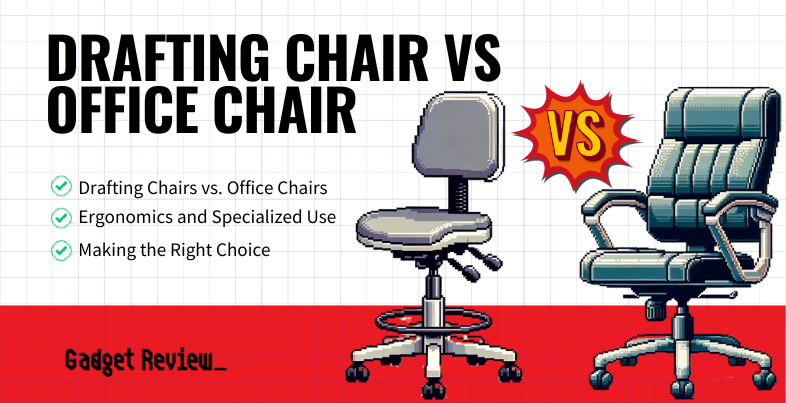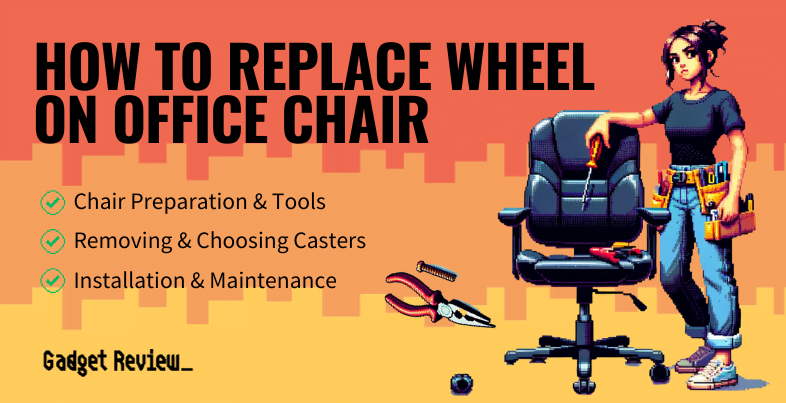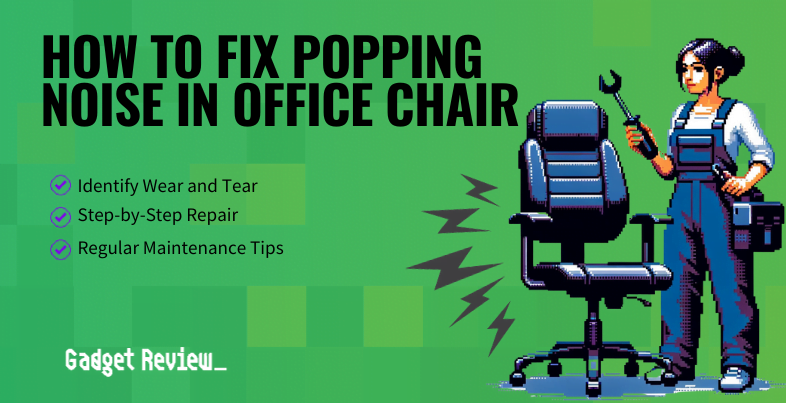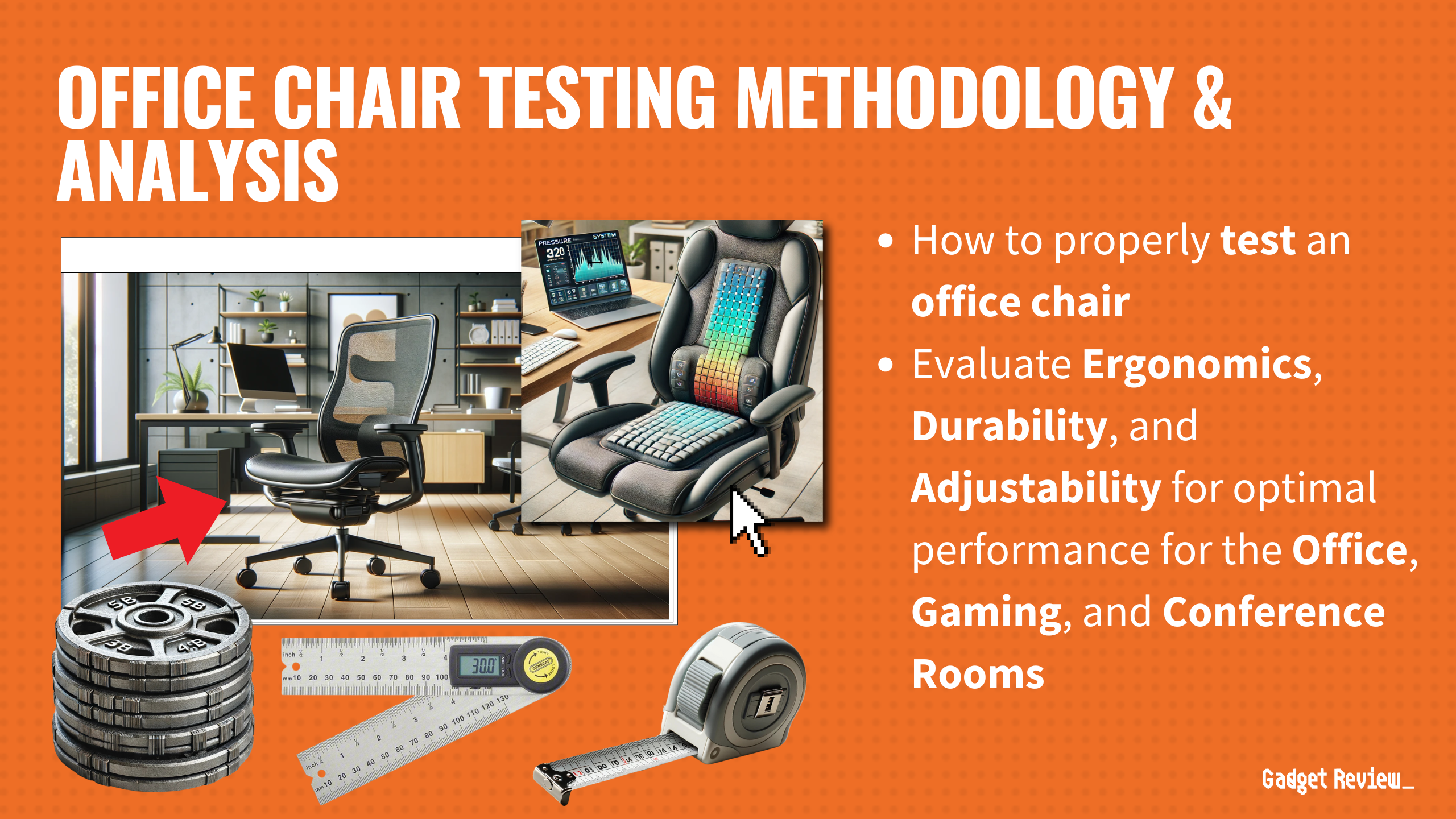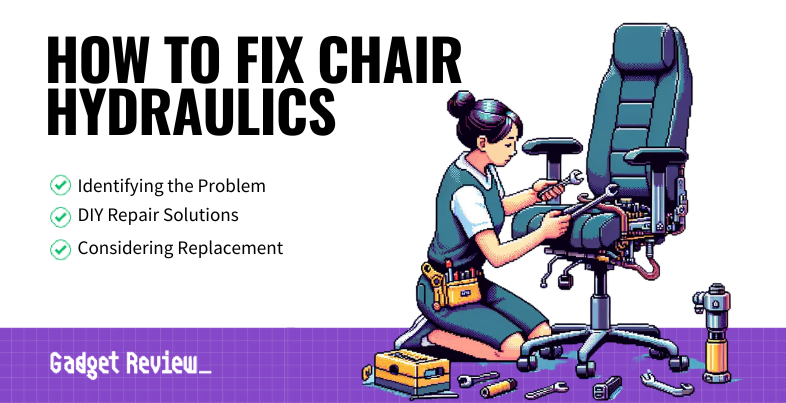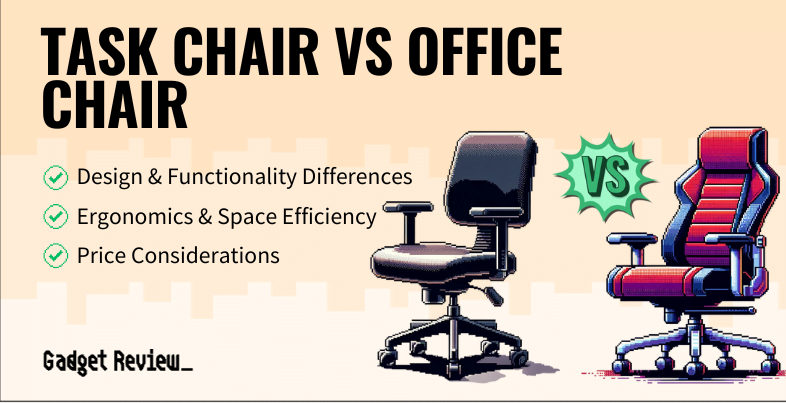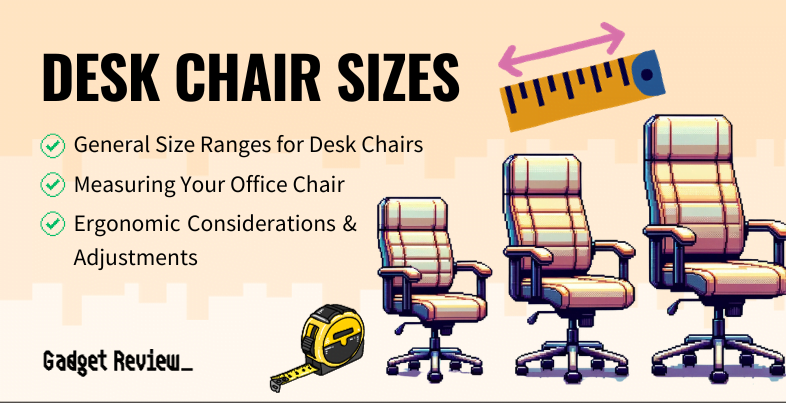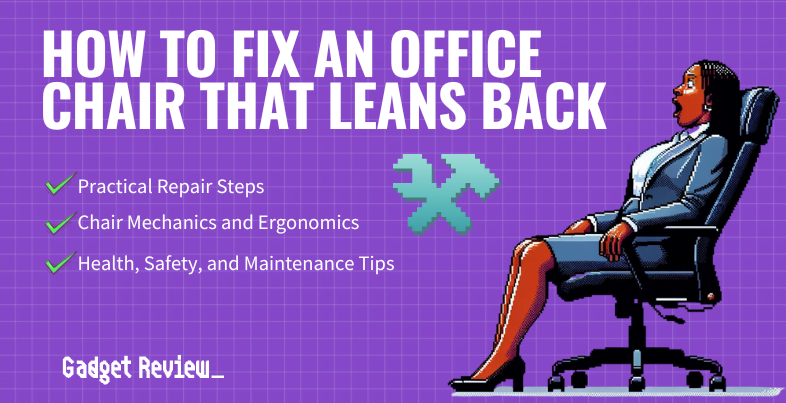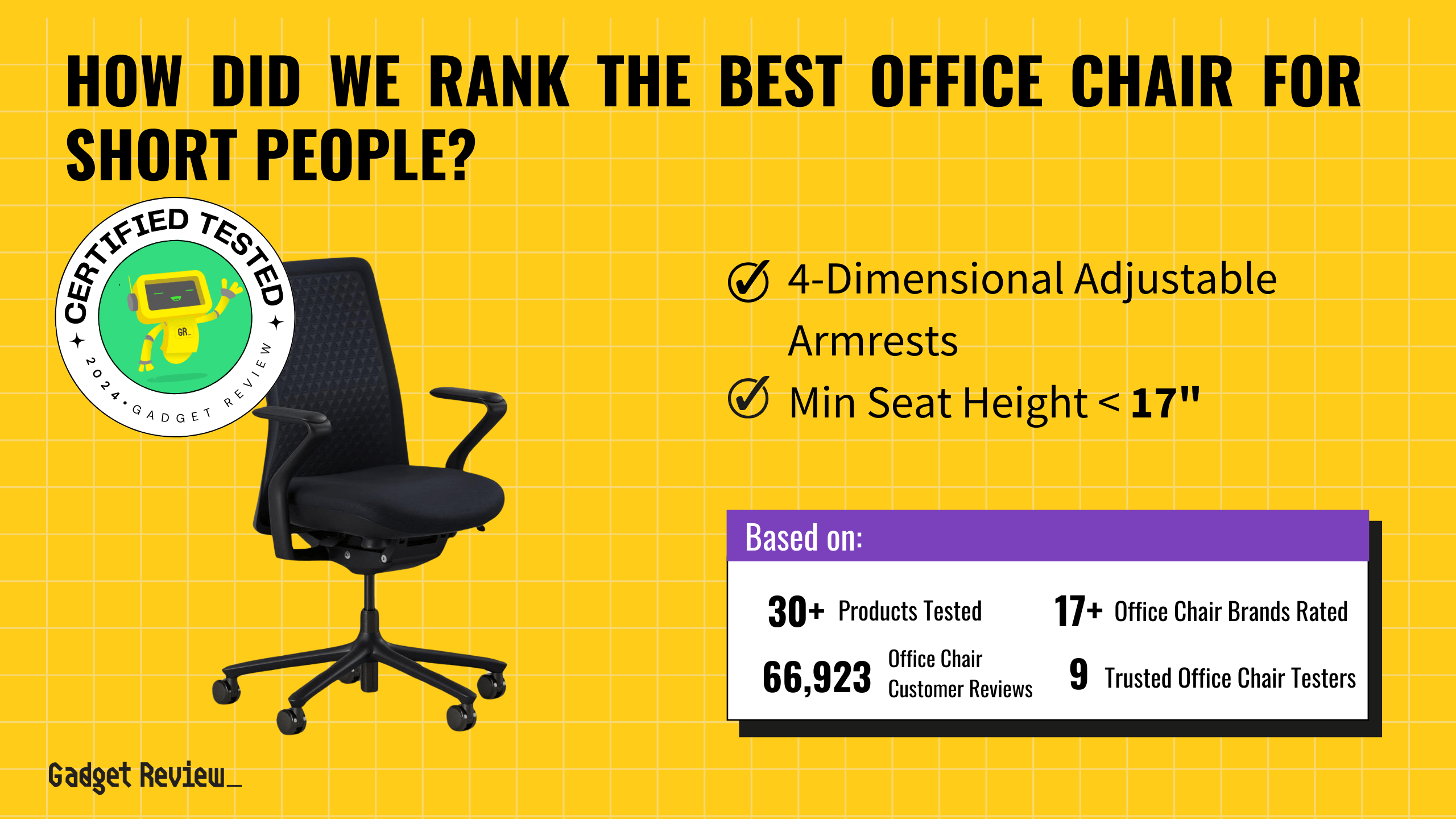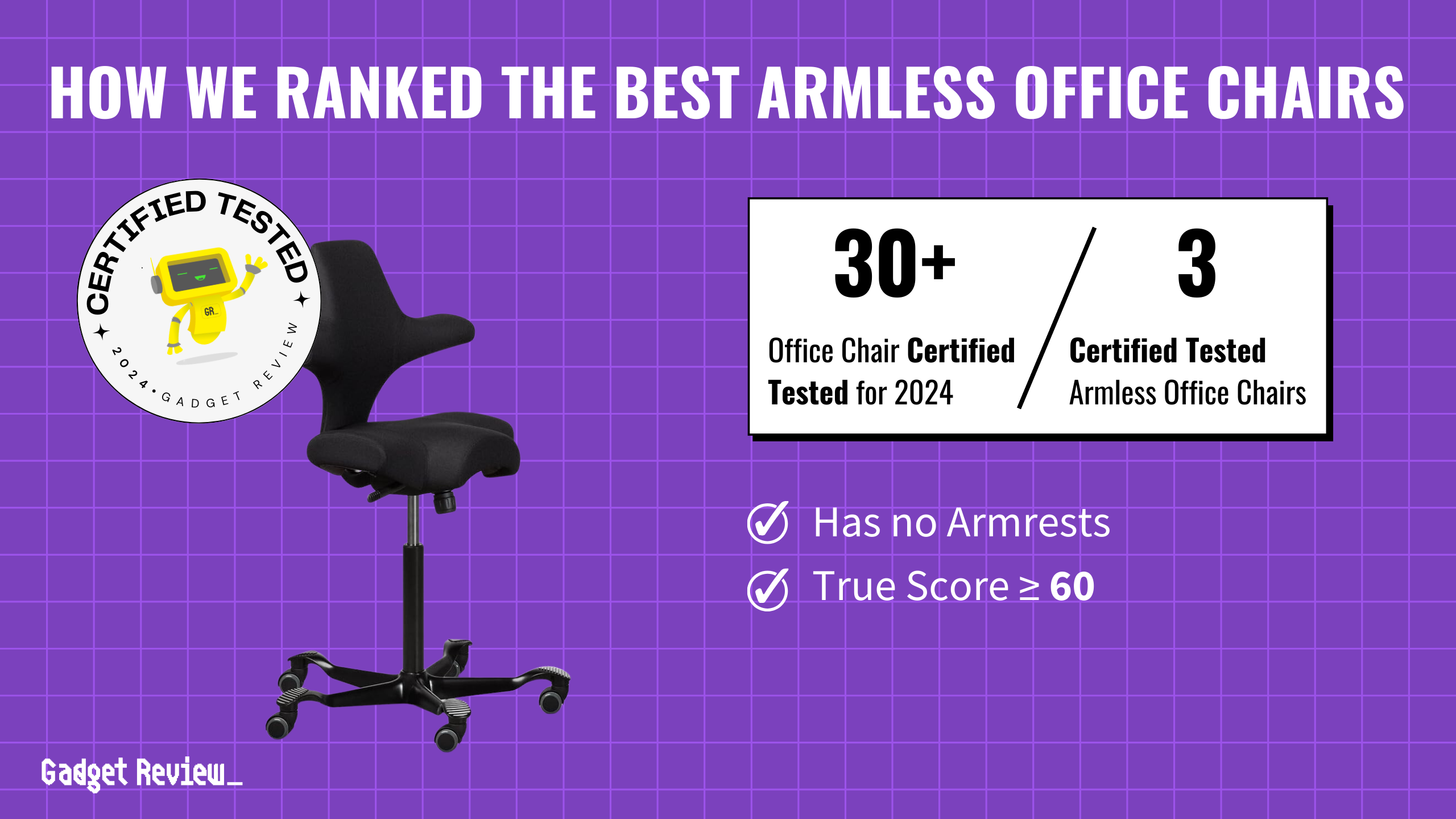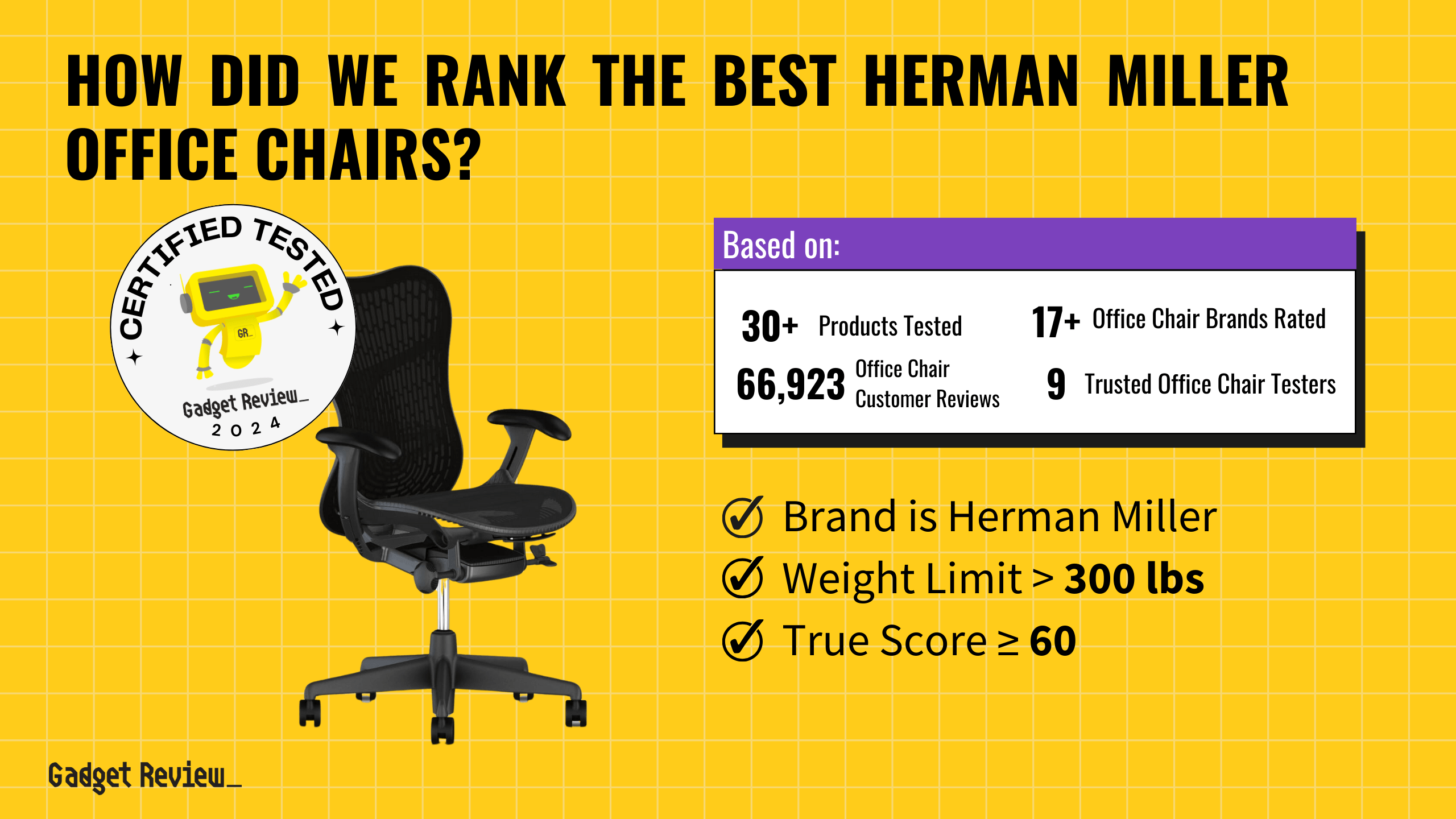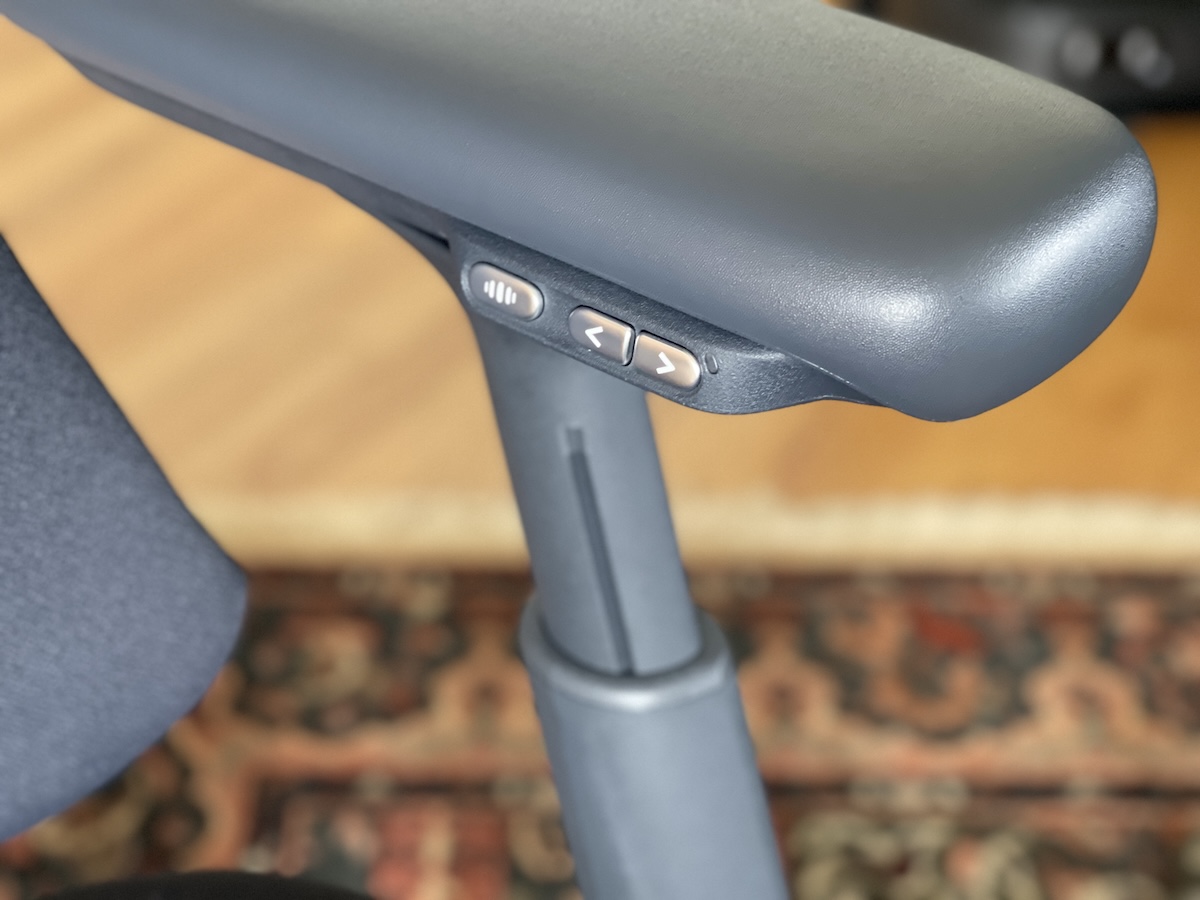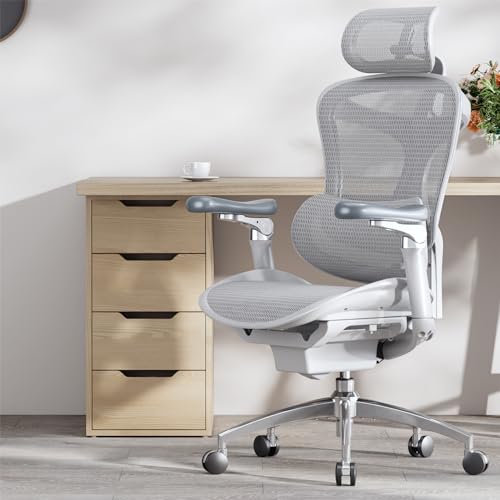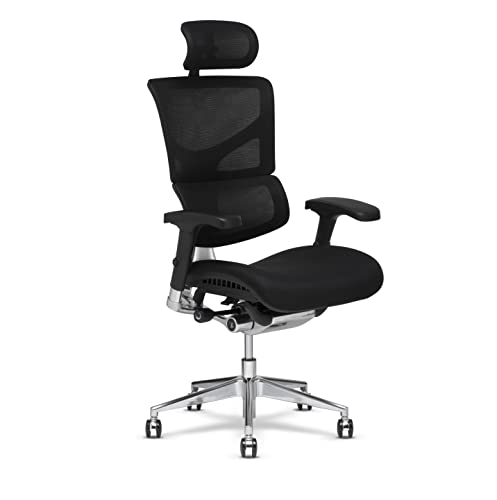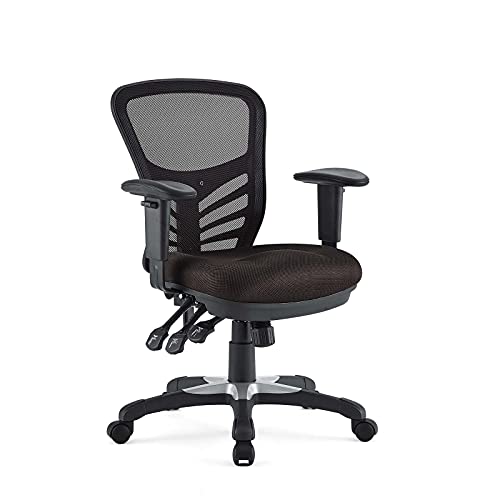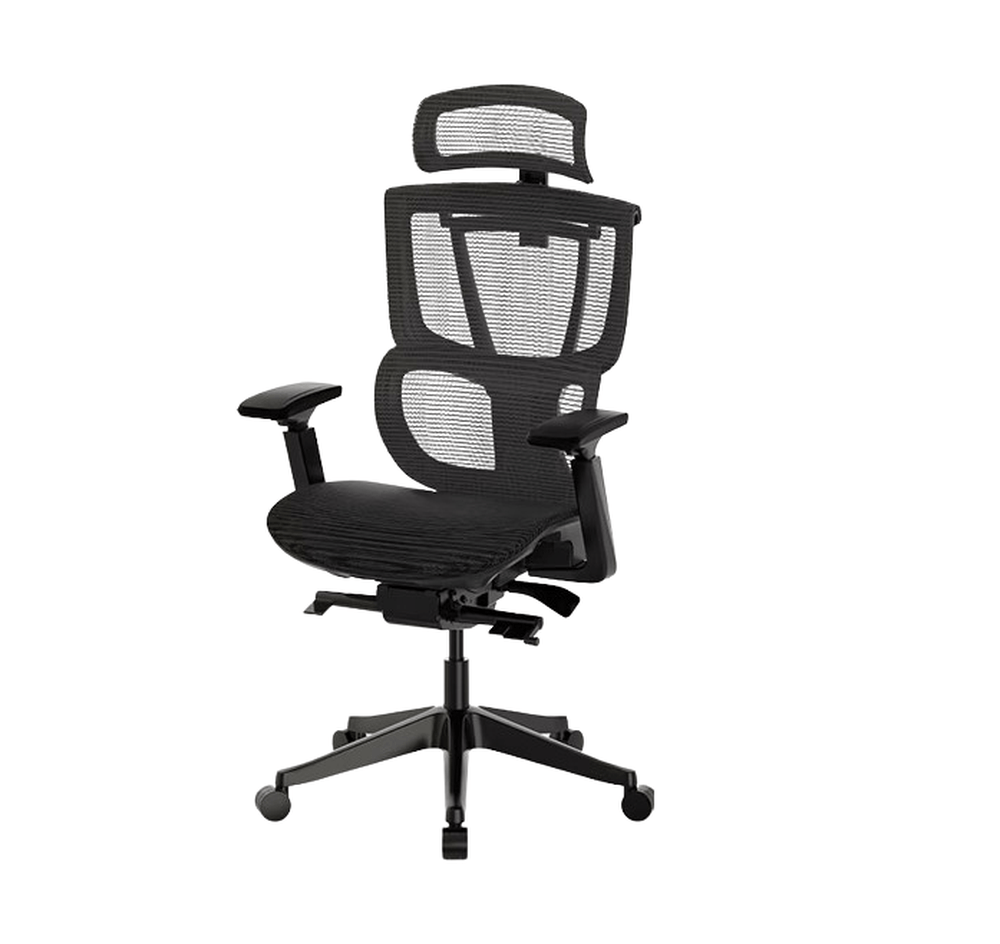Whether you’re coding, designing, or managing projects, the choice between a drafting chair and an office chair can significantly impact your comfort and productivity.
This guide aims to dissect the differences, helping you make an informed decision.
Let’s jump in.
Drafting Chair vs. Office Chair: A Quick Comparison
| Feature | Drafting chair | Office chair |
|---|---|---|
| Work surface height | Adjustable from 26″ to 37″ | Adjustable from 18″ to 22″ |
| Ergonomic features | Taller seat (18″-24″), adjustable footrest, adjustable backrest (45°-90°), adjustable armrests (optional), waterfall seat edge | Adjustable seat height, adjustable backrest (90°-135°), adjustable armrests (optional), waterfall seat edge |
| Level of comfort | Designed for mobility and comfort for sitting and standing | Designed for comfort for sitting |
Drafting Chair vs Chair – Which Works Best?
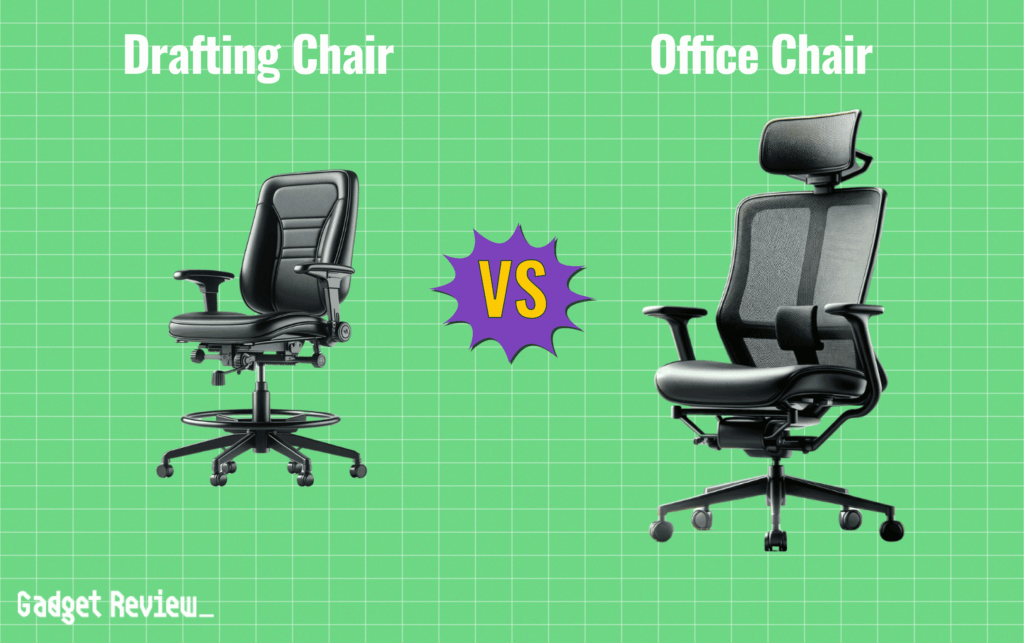
- Drafting Chair: Ideal for tasks requiring precision and the ability to lean forward. Higher build, adjustable features like seat height and footrests, and reinforced stability.
- Office Chair: Best for general desk work. Focuses on ergonomic support with adjustable seat heights, armrests, and lumbar support. Versatile for various office settings.
Understanding Drafting Chairs
Design and Features
Drafting chairs stand out with their higher build, essential for tasks that demand precision and a bit of elevation, like architectural drafting or graphic design.
These chairs often come with adjustable seat heights and backrests.
Some models include footrests for added comfort during long hours of leaning forward.
Specialized Use
Drafting chairs are tailored for professions that require a mix of sitting and standing.
The reinforced pneumatic cylinders in these chairs ensure that they remain stable and at a consistent height, a crucial feature when working on detailed projects.
Comfort and Ergonomics
For professionals who value comfort alongside functionality, drafting chairs offer ergonomic designs.
Features like breathable mesh backrests and adjustable components cater to prolonged periods of sitting without compromising on posture or comfort.
Understanding Office Chairs
Ergonomic Design
Office chairs are the backbone of standard desk work.
They come with adjustable features like seat heights, armrests, and lumbar support, crucial for maintaining good posture and preventing discomfort during long work sessions.
Versatility and Use
Office chairs suit various settings, from bustling tech startups to home offices.
They are designed to cater to various body sizes and preferences, making them a versatile choice for most tech professionals.
Key Differences
Below are the main differences between drafting chairs and office chairs.
| Feature Category | Drafting Chairs | Office Chairs |
|---|---|---|
| Height and Build | Generally higher, suitable for tasks requiring elevation. | Lower, focusing on comprehensive back and spine support. |
| Adjustability and Features | Often feature adjustable footrests, designed to support leaning forward. | Offer more extensive lumbar support and adjustable armrests for desk activities. |
| Target User Demographics | Favored by professionals needing mobility and precision, like architects and artists. | Universally used across various professions, including the tech industry. |
| Cost and Value Considerations | Typically higher priced due to specialized features, but valuable for certain professions. | More general-purpose, balancing comfort and affordability. |
Making the Right Choice
Assessing Professional Needs
Consider your daily tasks, desk height, and how long you sit. If your work involves a lot of precision and movement, a drafting chair might be the right choice.
For standard desk jobs, an office chair would suffice.
Health and Comfort Factors
Your health and comfort should be paramount. If you have back pain or need additional posture support, look for chairs with appropriate ergonomic features. Remember, what works for one person might not work for another.
Choosing between a drafting chair and an office chair boils down to your professional needs, health considerations, and personal comfort.
Investing in the right chair is investing in your productivity and well-being.
Consider your work environment and physical requirements carefully before making your decision.


